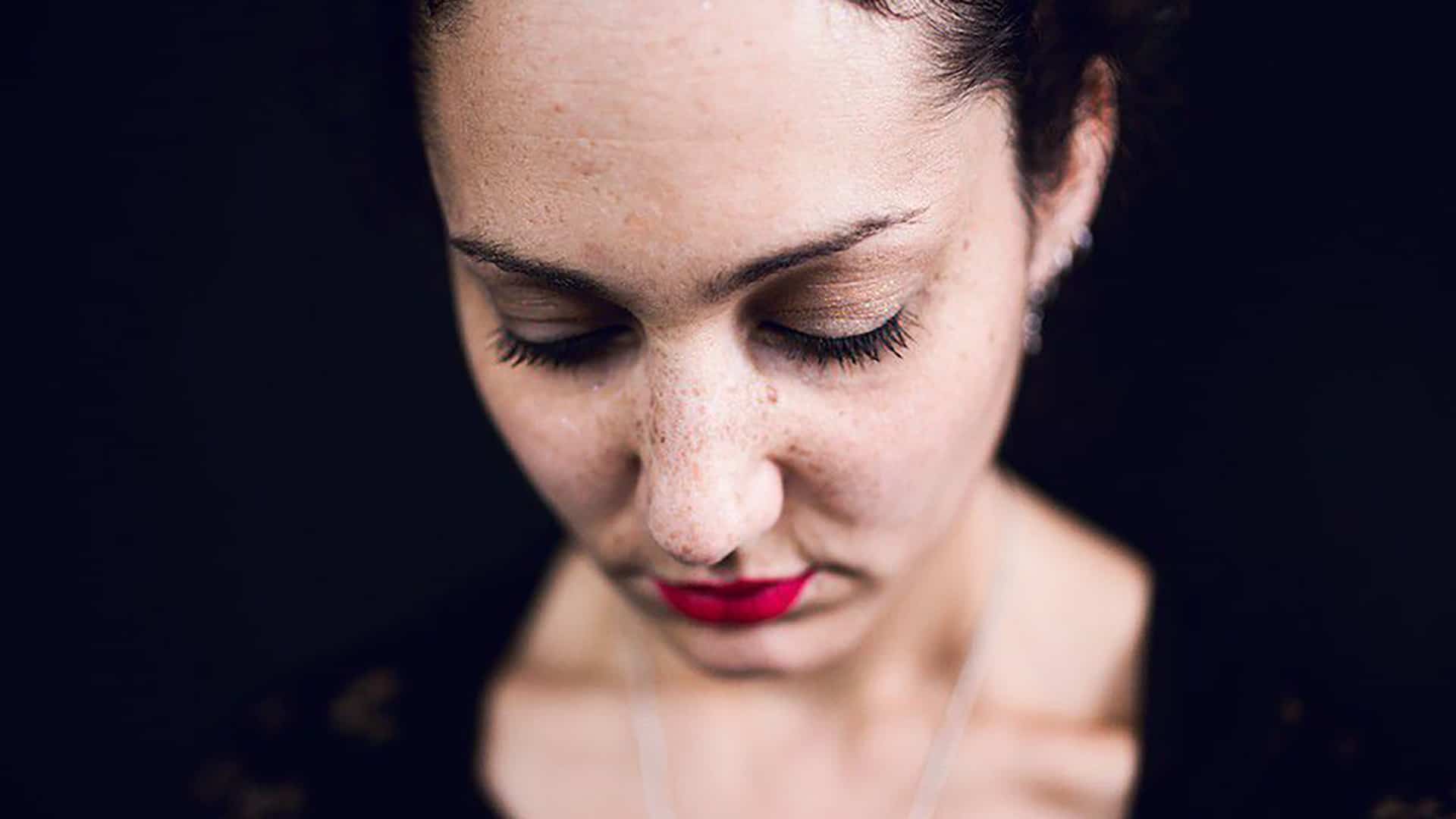In photography the portrait is difficult to avoid. Family snapshots are only a step away from fine art and fashion photography, and one need only to learn a few simple techniques and tricks of the trade to enhance the quality of the image. Natural light, available to anyone, will be our tool in this guide on Natural Light Portrait Photography. We will address the issues of light, composition, setting, choice of subject, etc., in an effort to create appealing portraits.

You’re getting blind.
Don’t miss the best of visual arts. Subscribe for $9 per month or $108 $90 per year.
Already suscribed ?



